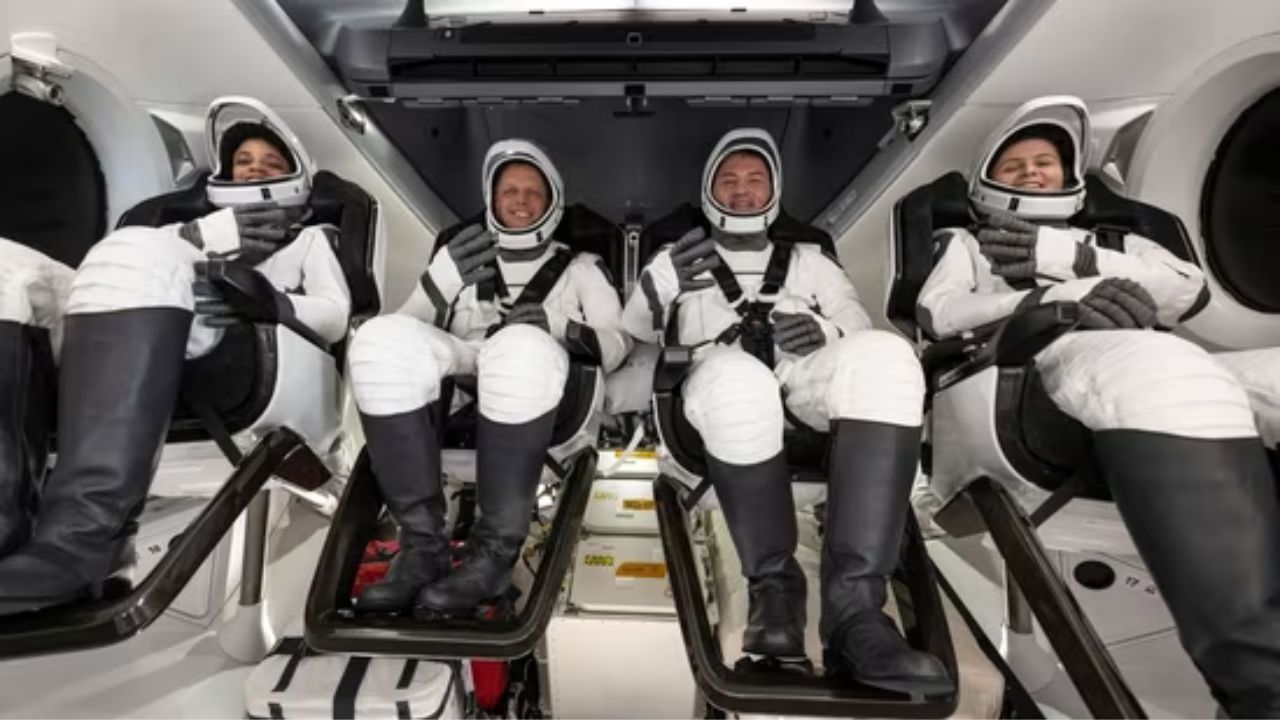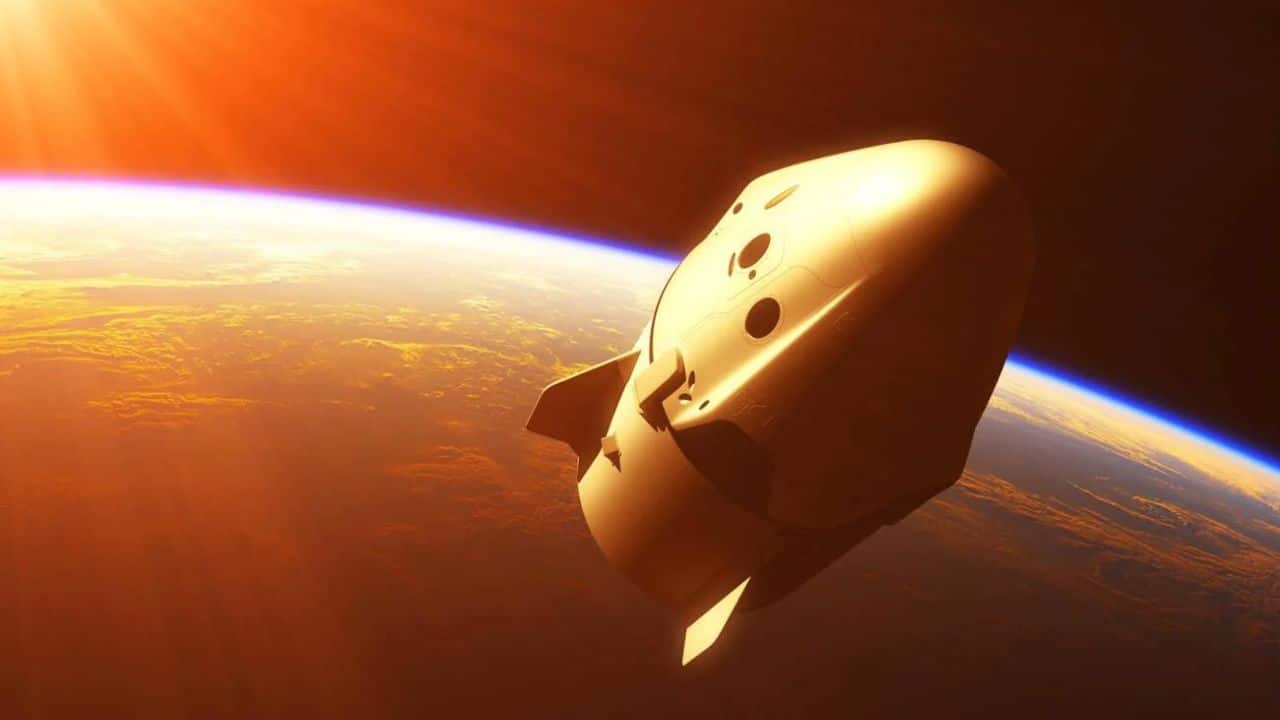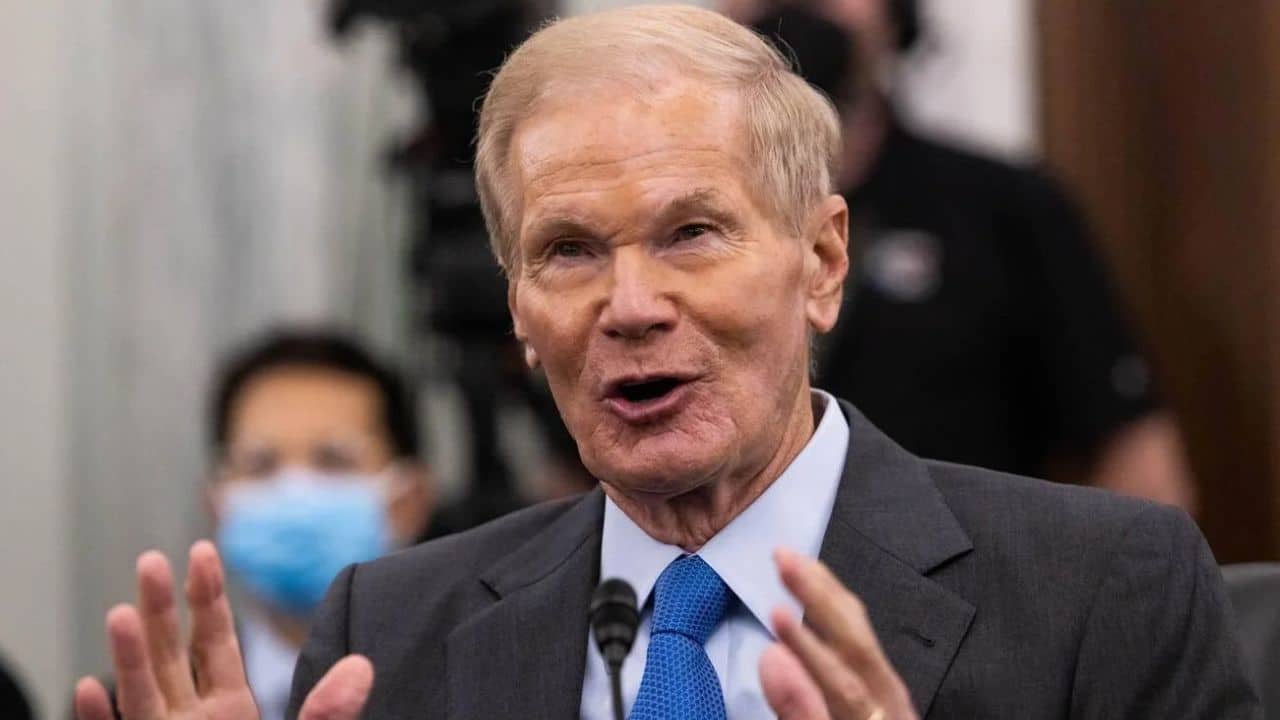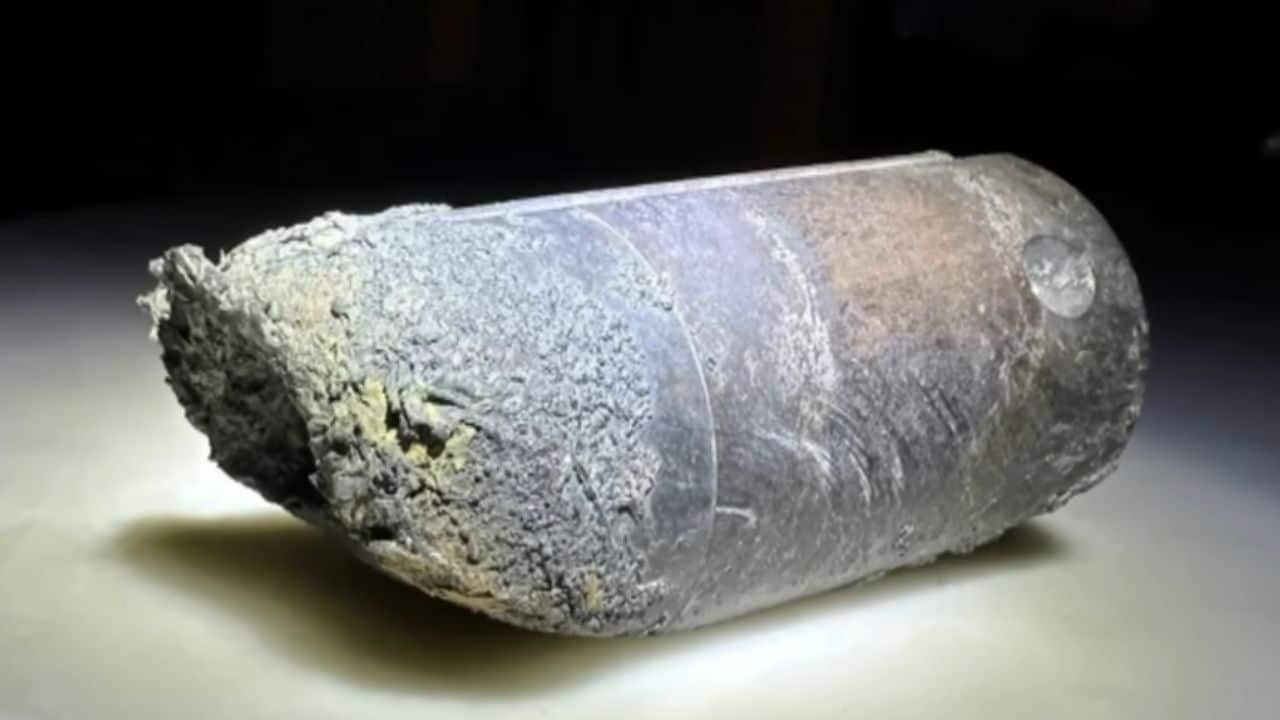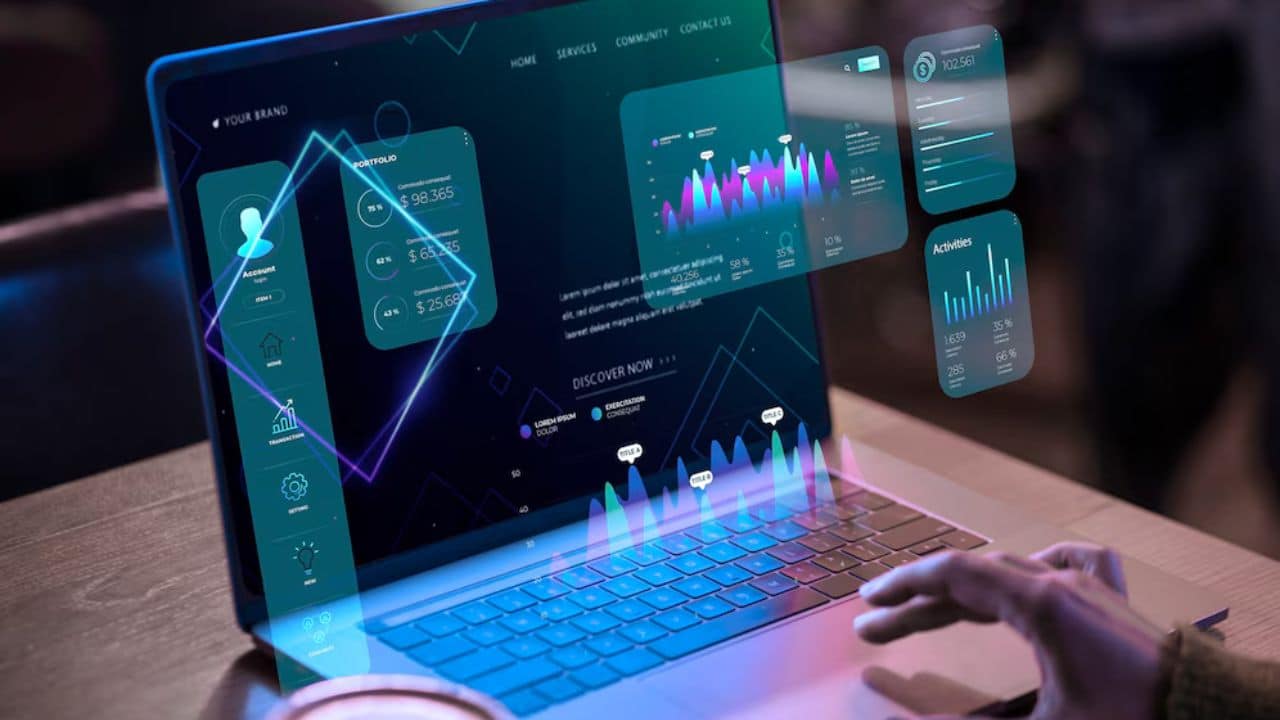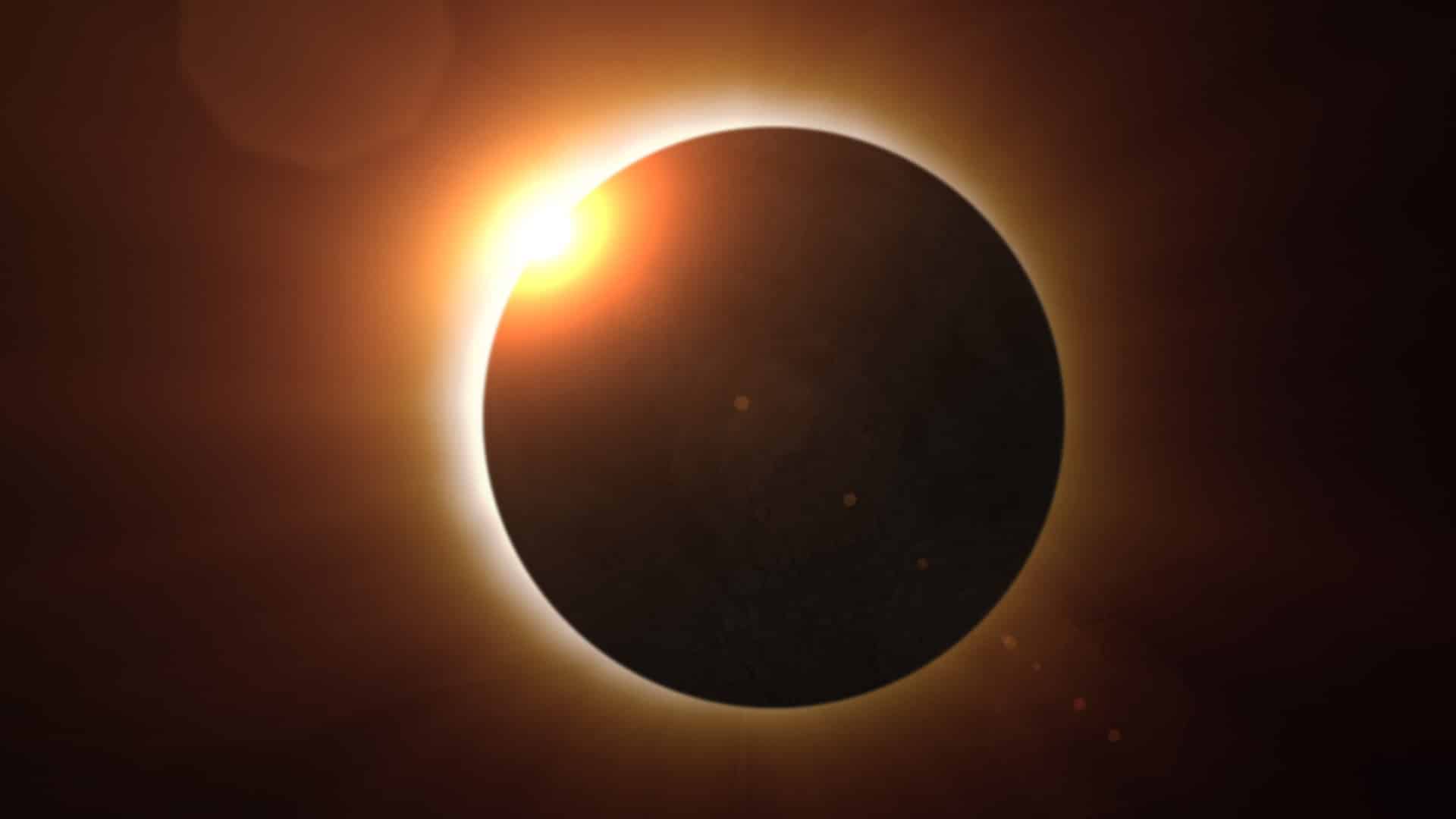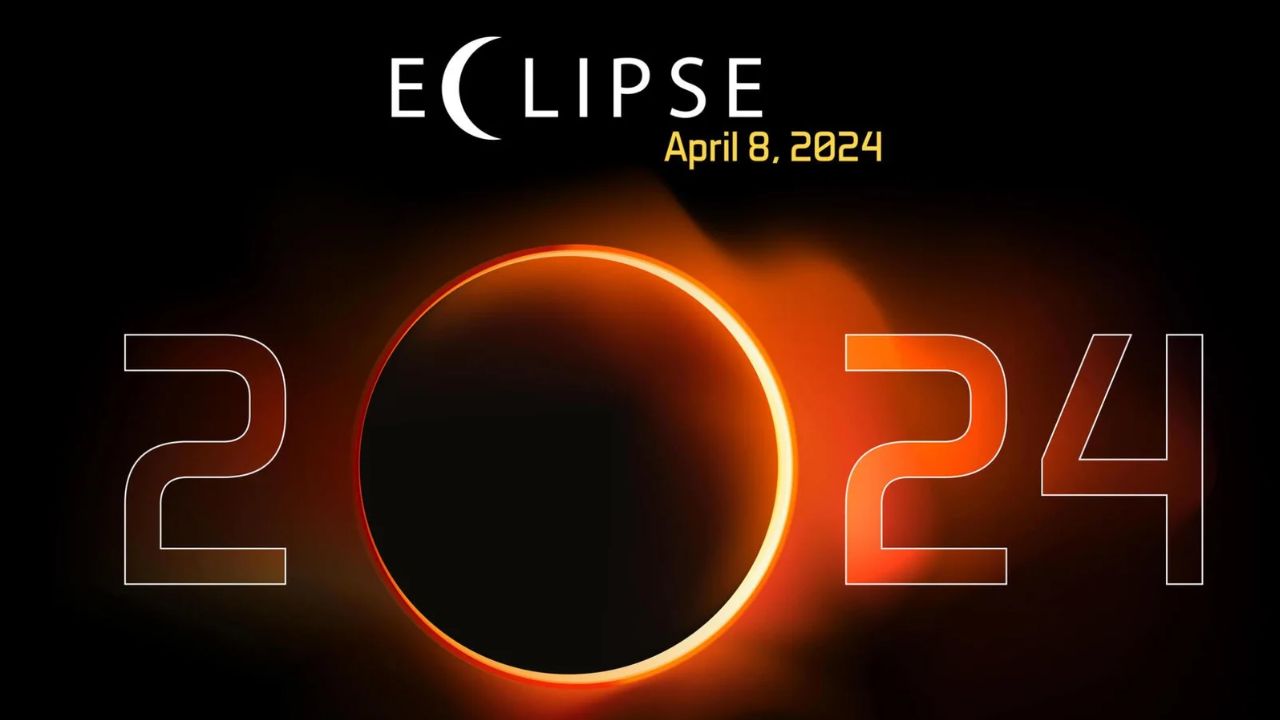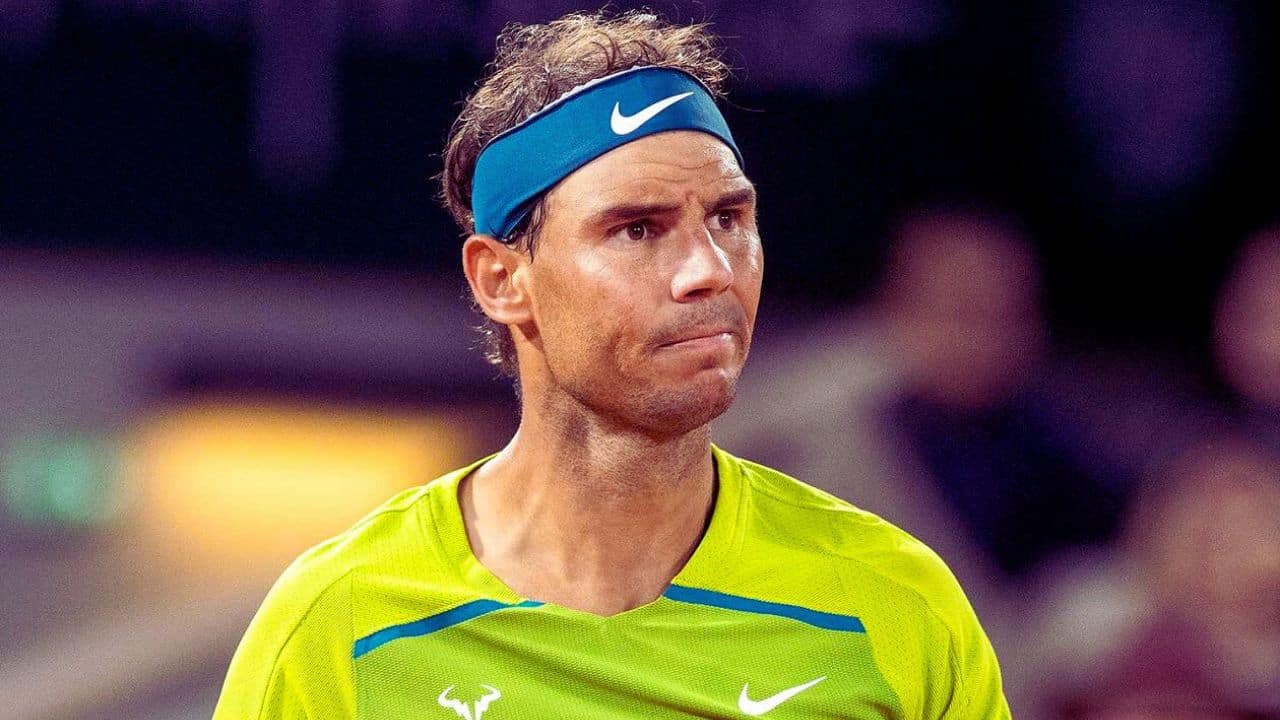A SpaceX Dragon capsule carrying a four-person crew returning from the International Space Station raced through the sky over Florida and splashed down in the Atlantic Ocean early Monday, bringing the company’s first commercial crew contract with NASA to a close.
However, SpaceX has at least eight more space station crew rotation missions under contract with NASA, as well as additional private customer trips using the Crew Dragon spacecraft. The first of the crew rotation flights covered by the NASA contract extension launched on August 26 and is currently parked at the International Space Station.
The Crew-7 mission, which launched last month, is SpaceX’s seventh operational crew rotation voyage to the space station. The four-person Crew-7 crew will live and operate aboard the orbiting outpost until February, replacing the Crew-6 mission, which returned to Earth early Monday.
After 186 days in orbit
Crew-6’s return was pushed back several days while Hurricane Idalia raged near SpaceX’s splashdown zones in Florida. However, the weather cleared and the waves calmed enough for NASA and SpaceX officials to approve SpaceX’s Crew Dragon Endeavour spacecraft’s departure from the space station on Sunday morning.
The Dragon spacecraft and its four-person crew prepared to re-enter the atmosphere Sunday night after backing away from the space station. The 13-foot-wide (4-meter) capsule fired its braking rockets and closed its nose cone before streaking across the sky over Florida, leaving a trail of plasma in its wake.
At 12:17 a.m. EDT (04:17 UTC) Monday, four primary parachutes unfurled to decelerate the ship for splashdown northeast of Jacksonville, where a SpaceX recovery vehicle retrieved the spacecraft and assisted its four crew members out of their seats.
According to Steve Stich, NASA’s commercial crew program manager, the Dragon spacecraft splashed down in 5-foot seas, higher than any previous SpaceX crew return but still inside safety guidelines.
“You could see the swells, and the crew did really well in those sea states,” remarked Stich. “And the winds were about 5 knots at the time of landing, so it was a very nice benign landing for the crew.”
After 186 days in orbit since their launch from NASA’s Kennedy Space Center in March, NASA commander Steve Bowen, pilot Woody Hoburg, and mission specialists Sultan Alneyadi from the United Arab Emirates and Andrey Fedyaev from Russia appeared in good health. The team was supposed to go through medical tests before flying back to their training base in Houston on a NASA plane.
“It was a nominal return,” Benji Reed, SpaceX’s director of human spaceflight projects, explained. “Dragon is fine, the parachutes performed as expected, and our recovery teams performed admirably.” Dragon performed admirably, and the crew appeared to perform admirably as well.”
Bowen and his crewmates worked on various scientific experiments and three spacewalks to facilitate the installation of new roll-out solar arrays outside the space station during their six-month mission. Bowen currently ranks third all-time in total time spent spacewalking, with 65 hours and 57 minutes, thanks to his experience on this mission and three earlier space shuttle trips.
Hoburg used social media to communicate his experiences on the space station, creating informative movies depicting daily life on the International Space Station. Among other things, his movies documented the experience of an orbital reboost, training with the station’s robotic arm, and exercising in microgravity.
“I just wanted to kind of do something that I hoped was authentic and in the moment, without too much preparation, just showing some of the amazing work that we get to do up here,” Hoburg explained last month. “So, whenever I had a few extra minutes and thought I was doing something interesting, I’d pull out a camera and hopefully share it with people so they could see.”
Alneyadi became the first Arab astronaut to perform a long-duration space mission, a significant step forward for the UAE’s rapidly expanding space program. Fedyaev is the second Russian cosmonaut that SpaceX has transported to and from the space station as part of a NASA-Roscoscosmos collaboration.
Following Monday’s splashdown, SpaceX’s recovery team will return the Crew Dragon Endeavour spacecraft to Cape Canaveral, Florida, for repair in preparation for its fifth journey to the space station on the next NASA crew mission in February. Meanwhile, another crew rotation is scheduled for the International Space Station later this month, with the launch of a Russian Soyuz spacecraft on September 15 carrying two Russian cosmonauts and a NASA astronaut to the orbiting laboratory, replacing a three-person crew that has been in orbit for over a year.
Read More: 10 Most Important Events in Space History
Not Boeing, but SpaceX
NASA awarded multibillion-dollar contracts to SpaceX and Boeing in 2014 to construct and fly new commercial crew capsules to ferry humans between Earth and the International Space Station. Those contracts had identical scopes of work, with test flights of each company’s space capsules followed by six operational crew rotation missions to the International Space Station.
SpaceX’s work under the original commercial crew contract is completed with the return of the Crew-6 mission. Meanwhile, Boeing’s Starliner spaceship has yet to take launch with astronauts.
Due to Boeing’s delays, NASA awarded SpaceX contract extensions for eight further Crew Dragon missions to the space station, each lasting up to seven months and costing an average of $277 million each mission. According to NASA, SpaceX’s total commercial crew contract since 2014 is now worth more than $4.9 billion.
NASA’s commercial crew agreements with Boeing are worth more than $5.1 billion, and the firm is still at least six months away from sending two NASA astronauts on a short-duration test voyage to the International Space Station. The first of Boeing’s six operational Starliner flights could take off in late 2024, but it’s more likely that it won’t happen until 2025.
Reed, who oversees SpaceX’s human spaceflight programs, said the Crew-6 mission’s return on Monday had “extra special meaning” for him.
“We started this program to help NASA get their astronauts to the station and bring them home a number of years ago, and this marks the final mission that was originally envisioned in the original contract, and what an honor to be able to be a part of this entire cycle so far,” he added.
As a result, SpaceX is now responsible for at least 14 NASA crew rotation flights, in addition to the first Crew Dragon demonstration mission with humans, which SpaceX conducted in 2020. SpaceX has also completed three completely commercial Crew Dragon missions, including one independent all-private mission called Inspiration4 and two brief commercial visits to the ISS for Axiom Space, bringing the total number of human spaceflight missions launched by SpaceX to 11.
Aside from Crew-7, which is already in orbit, SpaceX has 12 more Crew Dragon missions under contract: seven for NASA, two for Axiom, two for the Polaris Program led by billionaire Jared Isaacman, and one for Vast, a private space station company.
As other firms seek to establish their own space stations in low-Earth orbit, SpaceX will almost certainly receive more human spaceflight contracts. NASA might possibly purchase additional Crew Dragon missions.
SpaceX presently has four reusable Crew Dragon spacecraft in its fleet (Endeavour, Resilience, Endurance, and Freedom), with plans to add another next year. Each spacecraft has been certified by NASA for five long-duration flights to the space station. With its next journey, Endeavour, which returned to Earth on Monday, will cross that boundary.
SpaceX plans to fly each capsule up to 15 times, according to Reed. “All of the data so far continues to indicate that that’s possible,” he said. “Critically, we’re working with our NASA partners to ensure that this makes sense for them as well, and that we can certify the vehicle to do that.”
After each flight, SpaceX normally removes the heat shield from the Crew Dragon spacecraft and refurbishes the shield’s composite structure, adding new ablative thermal protection tiles for each mission. Between missions, propellants are also drained and replaced.
Stich, who supervises NASA’s commercial crew contracts with SpaceX and Boeing, said ground personnel will extensively evaluate the Crew Dragon Endeavour spacecraft’s propulsion system after it returns to Earth. Engineers are looking for evidence of corrosion in the propulsion valves after an isolation valve became jammed during a recent Dragon cargo journey to the space station.
“We’ll want to take a look at those,” Stich added. “Of course, that problem was discovered after the vehicle had already been launched into space.” So we’ll take some time to look at that system and get it turned around, with the goal of flying Crew-8 no later than February.”
Reed estimates “a certain amount of additional refurbishment” will be necessary to prolong each Crew Dragon spacecraft’s certification beyond five trips. “However, I’m very optimistic about reaching 15.”

